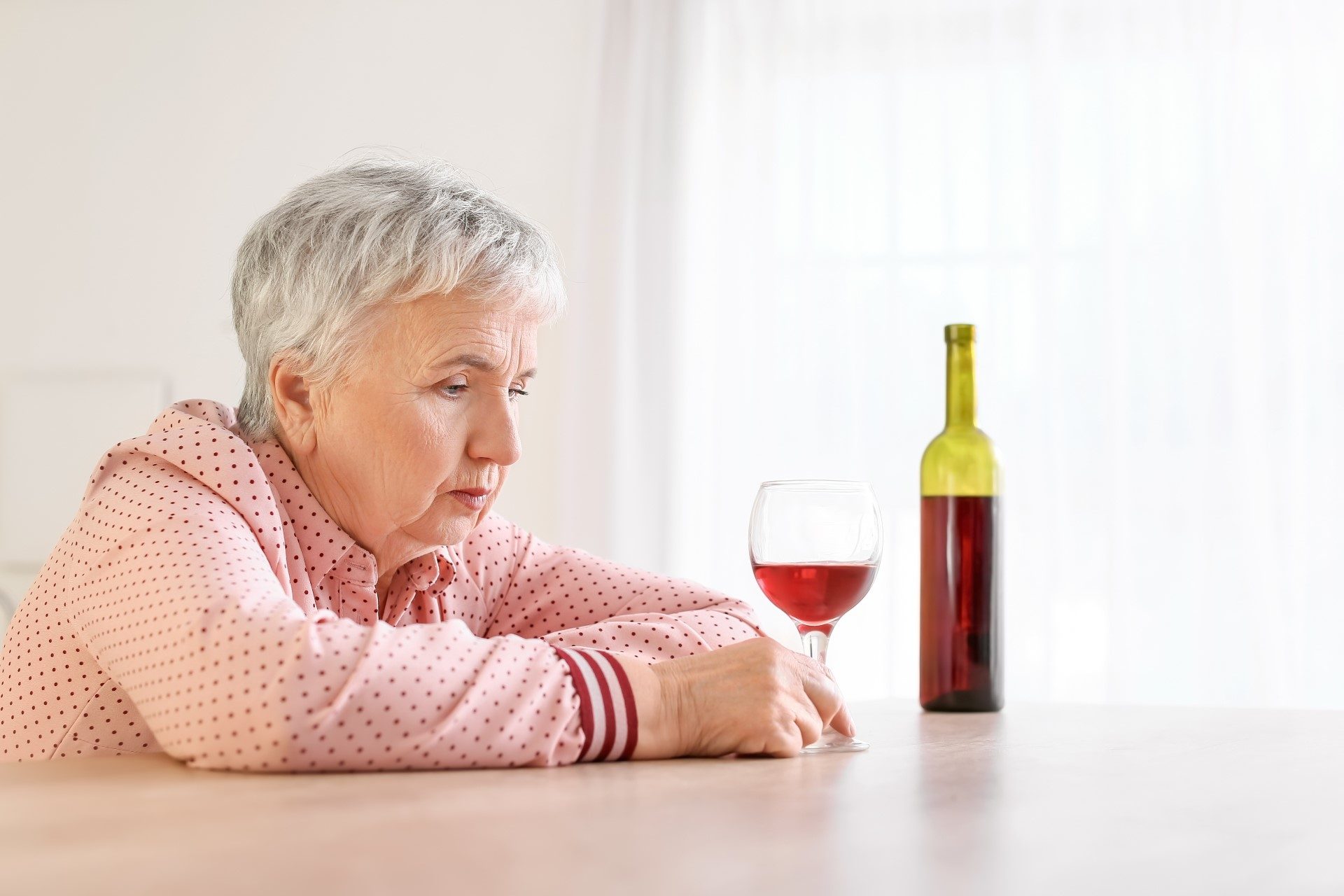Our dedication lies not just in treating symptoms but in addressing the root causes, offering a holistic approach that integrates the best of therapeutic practices with the warmth of community support.
Substance Addiction in the Elderly: An Unseen Problem

For many people, addiction is something they try to hide but often fail in their attempts to do so. There are many tell-tale signs of addiction that can become increasingly obvious as the condition progresses in severity. Those under the age of 65 are much more likely to be involved in a work network and a circle of friends and family as well as acquaintances. Due to this contact with many different people, the ability for someone to hide their addiction can be difficult. However, for much of the 65 plus population, easy detection of addiction warning signs is unfortunately not the case. In this article we will explore the causes, effects and treatments for substance addiction in the elderly.
Substance Addiction in the Elderly Statistics
While addiction is a chronic disease that affects people from virtually all demographics, not all groups’ circumstances are the same. Addiction is a complex disease and the key to treating it is understanding the unique challenges each group faces.
The National Institute on Drug Abuse (NIDA), stated that in 2018, nearly 1 million adults aged 65 and older had a substance use disorder. It is also said that total SUD—substance use disorder admissions of seniors in treatment facilities increased from 3.4% to 7.0%.
What Contributes to Substance Addiction in the Elderly Population?
A more important question to ask is why this particular population suffers from deceptively high rates of addiction?
Many people are surprised to learn that senior citizens are a significant demographic when evaluating addiction rates and the need for treatment. When the COVID-19 pandemic hit and rates of addiction, relapses, and overdoses shot up dramatically, organizations were quick to point out that a primary driving factor could be social distancing. Social distancing, for many, was just another word for social isolation. What was something to be endured for the better part of 2 years for the general population was and is an everyday fact of life for a large portion of senior citizens.
Many thought provoking pieces have been penned about what’s dubbed the loneliness epidemic in America and how it affects our physical and mental health. As we are well aware of at Encore Outpatient Services, depression is a powerful and common comorbidity with addiction.
While individuals from all groups can and may suffer from loneliness, perhaps there is no group more susceptible than the elderly population. Sequestered in nursing homes and 55+ communities, the population of retired seniors have all of the free time but perhaps little in the way of contentment.
The benefits of social connections and their positive impact on health are widely known and accepted. People who have robust social connections are 3 times less likely to die, are more likely to have enhanced mood and lower blood pressure as well as improved BMI. The human being is truly a social animal.
Age and Prescription Medications as a Factor in Substance Use Disorders
As we age, our vulnerability to various illnesses, diseases, and conditions that create chronic pain increases. For those conditions, many physicians will undoubtedly prescribe medication to manage and treat with them. However, as evidenced by the opioid epidemic and all that we’ve learned from it, addiction can oftentimes start with a prescription.
Pain medications such as opioids, marijuana, and alcohol are the three substances often used to cope with emotional or physical pain. The first two can be medically prescribed and that can be an avenue of introduction in which addiction can subsequently develop. Alcohol, on the other hand, is not prescribed but nonetheless erroneously abused quite often in response to chronic pain from conditions such as arthritis.
When it comes to substance addiction in the elderly, alcohol is the most used drug in the elderly population. About 65% of individuals aged 65 and up reported high-risk drinking. High-risk drinking is defined by exceeding 4 drinks a day or 14 drinks a week for men, and 3 a day and 7 per week for women for a year straight. The majority of admissions of elderly people into treatment centers are alcohol related.
Regardless, availability of all three of these categories of substances is exceptionally high in the elderly community. Within 65 plus communities, there are no shortage of people who have access to these substances—sometimes even all three.
Awareness of the prevalence of substance use disorders is key to mitigating the growth and impact of them in any given community. Encore Outpatient Services doesn’t just provide outpatient addiction treatment in Virginia, we also seek to shed light on these pressing issues so that positive solutions can be fostered and most importantly—to destigmatize their existence.
The impact of loneliness is not discussed nearly enough. The elderly or retired population faces significant vulnerability to loneliness and substance abuse. Contact Encore Outpatient Services today if you or a loved one are struggling with a substance use disorder, or other mental health challenges.
Let Us Support You On Your Recovery Journey!
Copyright 2025 Encore Outpatient Services | All Rights Reserved



